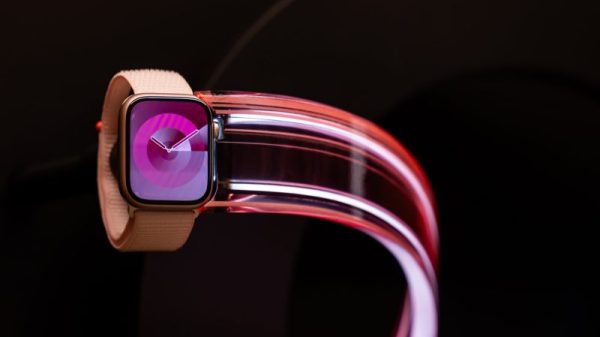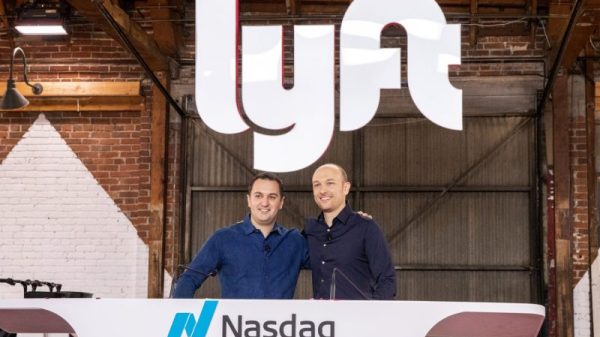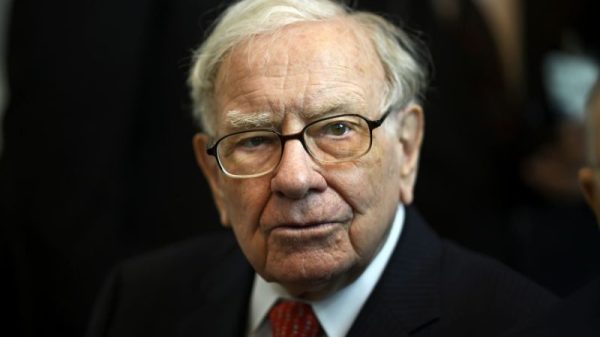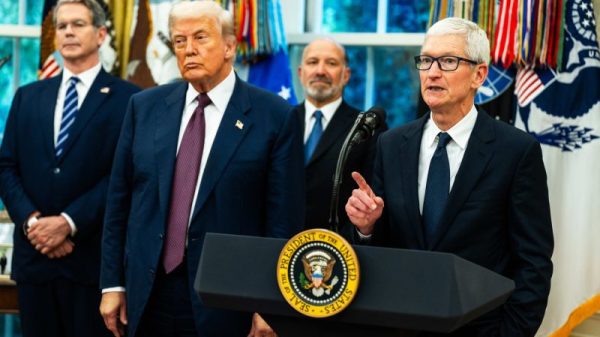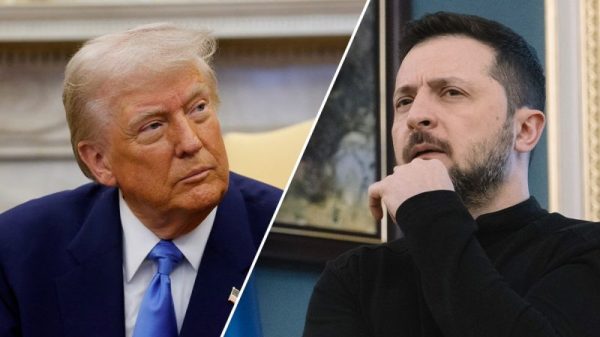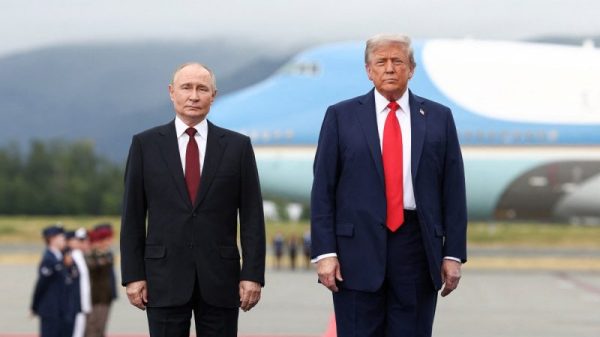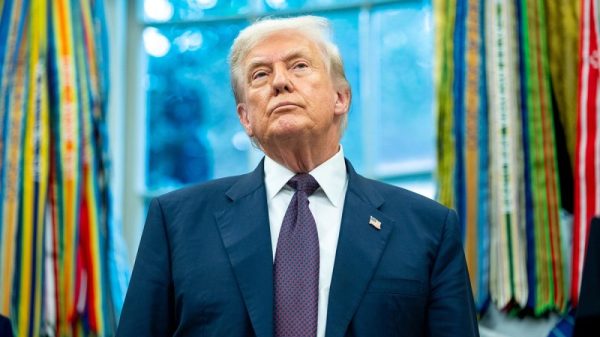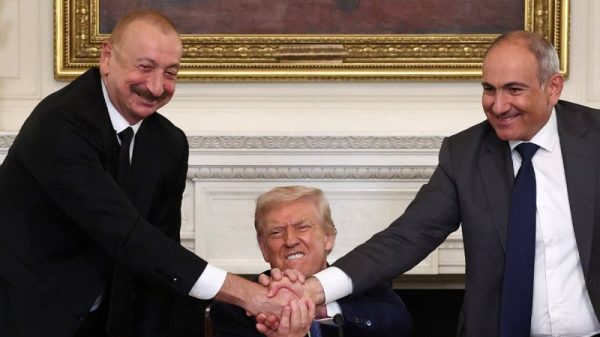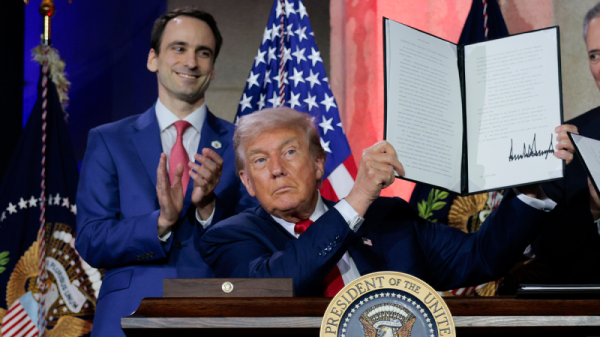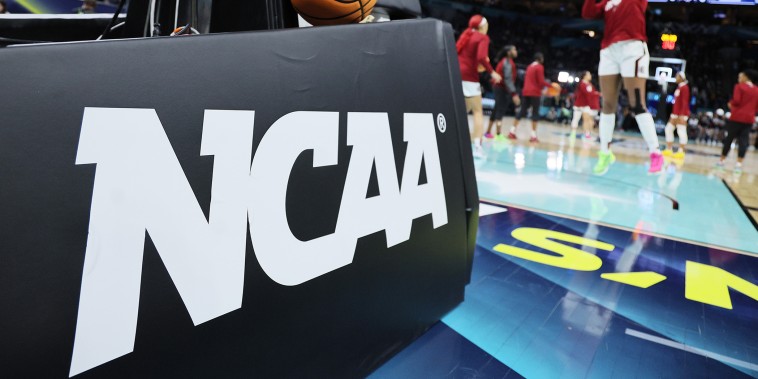As the sports landscape continues to evolve, one of the most contentious issues in the realm of college athletics has been the debate surrounding whether student-athletes should be compensated for their contributions. Recently, a historic settlement has thrust this issue into the spotlight once again, raising questions about the future of the NCAA and its policies regarding athlete pay.
The settlement in question stems from a lawsuit filed by former college athletes who argued that they were entitled to a share of the profits generated by the use of their names, images, and likenesses (NIL) in commercial ventures. The crux of the athletes’ argument was that the NCAA’s rules prohibiting them from profiting off their NIL rights amounted to an unlawful restraint of trade. After years of legal wrangling, the NCAA ultimately decided to settle the case by agreeing to establish a fund to compensate current and former athletes for the use of their NIL in past video games and other ventures.
This settlement represents a significant victory for student-athletes and could have far-reaching implications for the future of college sports. One of the key questions that arises from this settlement is whether it will pave the way for a broader shift towards allowing athletes to profit off their NIL rights while still maintaining their amateur status. Critics of the NCAA’s current rules argue that the organization’s strict regulations limiting athlete compensation are outdated and unfair, especially in light of the massive revenues generated by college sports programs.
Furthermore, the settlement has raised important questions about the role of college sports programs in shaping the future career prospects of student-athletes. While top-tier athletes may go on to lucrative careers in professional sports, the vast majority of college athletes do not reach this level of success. As such, many argue that it is only fair for these athletes to be able to capitalize on their limited window of opportunity to profit off their NIL rights while they are still in school.
In addition to the impact on individual athletes, the settlement also has broader implications for the NCAA as an organization. With the growing calls for greater athlete autonomy and compensation, the NCAA faces mounting pressure to modernize its rules and adapt to the changing landscape of college sports. Failure to do so could result in further legal challenges and public scrutiny, potentially jeopardizing the NCAA’s authority and credibility.
Overall, the historic settlement regarding athlete compensation represents a significant milestone in the ongoing debate over the rights of student-athletes. While the specifics of the settlement remain to be seen, it is clear that the issue of athlete pay will continue to be a hot-button topic in the world of college sports for years to come. Only time will tell how this settlement shapes the future of college athletics and the NCAA as a whole.






